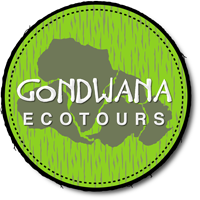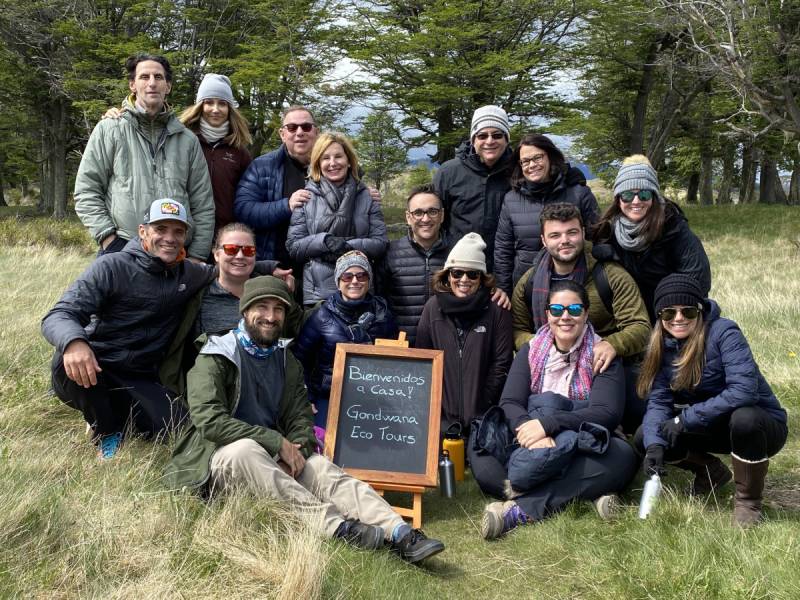Is It Possible to See the Aurora Borealis in Washington?
PRIVATE & SMALL GROUP TOURS TO THE WORLD'S BEST DESTINATIONS
Are You Planning A Trip To See The Northern Lights?

Can You See the Northern Lights in Washington State? Best Places & Travel Advice
Washington State may not be the first place that comes to mind for aurora viewing, but its rugged landscapes, high-altitude wilderness areas, and northern location offer surprising opportunities—especially during strong solar years like 2026 and 2027. With the right timing and a bit of luck, you might just witness the northern lights from some of the state's darker corners.
Top Aurora Hotspots in Washington
While Washington’s more populated regions suffer from light pollution, several remote and high-elevation areas in the state provide excellent chances during strong geomagnetic storms:
- Mount Rainier National Park: With elevations over 14,000 feet and wide, open skies, areas near Sunrise and Paradise offer some of the best aurora potential in the state. On clear winter nights, the combination of elevation and distance from light pollution enhances visibility.
- Northeast Washington (near the Idaho border): Regions like Colville National Forest and towns such as Metaline Falls or Republic offer dark skies far from urban glow. This area is particularly well-positioned during KP 6+ events.
- Olympic Peninsula (Hoh Rainforest and Rialto Beach): While not as northerly, the peninsula's remote coastlines and minimal light interference allow for wide-open northern horizons—perfect for catching faint auroral arcs.
- Okanogan Highlands: Sparsely populated and with higher elevation, this north-central region of Washington is frequently overlooked but can offer outstanding viewing when solar activity peaks.
Seasonal Outlook
- Spring: Moderate – Clear nights and longer evenings in early spring can produce decent viewing conditions, especially around the equinox.
- Summer: Low – Short nights and increased atmospheric haze make summer the least favorable time.
- Fall: High – Crisp air, longer nights, and dry weather boost your odds of clear skies and aurora activity.
- Winter: Very High – This is prime viewing season with long, dark nights and frequent high-pressure systems that clear the skies in mountain regions.
Where to Stay for Aurora Viewing in Washington
Choosing the right accommodations is key to maximizing your Northern Lights chances. Here are some top stays favored by stargazers and night photographers:
- Paradise Inn at Mount Rainier: This historic inn inside the national park offers proximity to high-altitude viewpoints with minimal artificial light. It’s open seasonally, so plan accordingly.
- Sun Mountain Lodge (Winthrop): Set on a hilltop in the remote Methow Valley, this upscale lodge boasts panoramic views, outdoor hot tubs, and immediate access to some of the darkest skies in the region.
- Northern Quest Resort & Casino (Airway Heights): Though located near Spokane, it serves as a good base for exploring the darker areas of northeastern Washington. Ideal for those who prefer a more urban-style retreat with easy highway access.
- Lodges in Leavenworth: While Leavenworth is a charming alpine-style town, the best viewing is from cabins and inns outside the main village. Look for stays north of town, closer to Lake Wenatchee or Plain, WA, where light pollution is minimal.
- Lake Crescent Lodge (Olympic Peninsula): Tucked along the northern coast of the Olympic Mountains, this lodge offers a northern-facing shoreline—perfect for viewing low-latitude aurora across the water when conditions align.
Aurora Forecast (2026–2030)
The forecast below reflects expected global auroral activity levels based on Solar Cycle 25, not Washington-specific predictions. These global peaks influence how far south auroras might extend into the continental U.S.
| Year | Aurora Activity Forecast | Notes |
|---|---|---|
| 2026 | ⭐⭐⭐⭐⭐ Very High | Peak of Solar Cycle 25. Most geomagnetic storms expected. Ideal year for chasing auroras. |
| 2027 | ⭐⭐⭐⭐½ Extremely High | Strong "lag year" with continued elevated solar activity and frequent KP 6–8 events. |
| 2028 | ⭐⭐⭐ Moderate to High | Solar activity begins to taper off, but strong storms still possible. |
| 2029 | ⭐⭐ Low to Moderate | Storms become less frequent, but rare events may still trigger auroras visible in WA. |
| 2030 | ⭐ Low | Solar Cycle 25 wanes. Aurora displays unlikely outside of high-latitude zones. |
Pro Tips for Aurora Chasing in Washington
- Use aurora forecast apps to monitor KP Index and cloud cover in real time.
- Give yourself a 3–4 night window to account for weather variability.
- Pack cold-weather layers and a headlamp with a red light setting to preserve night vision.
- Photographers should bring a wide-angle lens, high ISO capability, and a sturdy tripod.
Want Stronger Auroras? Head Farther North
While Washington offers a shot at catching the lights, those seeking guaranteed displays should consider traveling northward. See our full list of top states for aurora travel:
Top U.S. Northern Lights Locations
Sources: NOAA SWPC, Space Weather Prediction Center, Aurora Tracks, Sky & Telescope, NASA
Download all three Alaska tour brochures for tour dates and pricing.

About Gondwana Ecotours
Gondwana Ecoutours specializes in small group and private tours to bucket list destinations around the world. Our itineraries are carefully curated to include both unique nature and culture and fun activities are suitable to most travelers. Traveling with guides who live in the communities we visit add depth and authenticity to the experience.
| See All Tours > |

